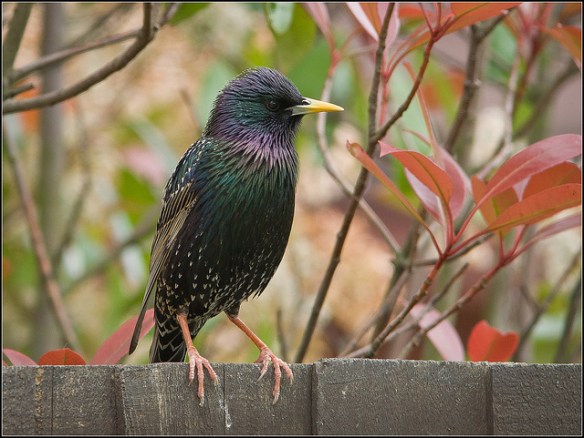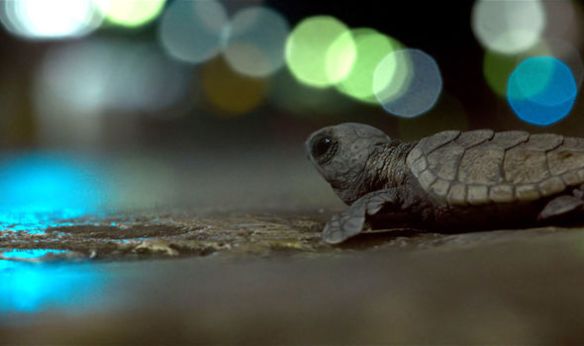Science requires careful planning, foresight, and scrupulous attention to detail. Everything must be controlled so that the variables of interest can be examined. One mistake could bring everything down. Only with years of training can someone hope to add to our body of knowledge.
But if you take all of that too seriously, you’ll spend all of your time planning and theorizing rather than looking—and the most important part of science happens when people just start looking.
Peder V. Thellesen is a dairy farmer in Denmark. He has no formal scientific training. Evidently he loves starlings: he started banding them and observing their nests in 1971 and continued to do so every year, in nestboxes on his own farm and on his neighbors’ farms.

It’s easy to see how you might fall for that gorgeous plumage. Photo by Phil McIver, reproduced from flickr under a Creative Commons license.





